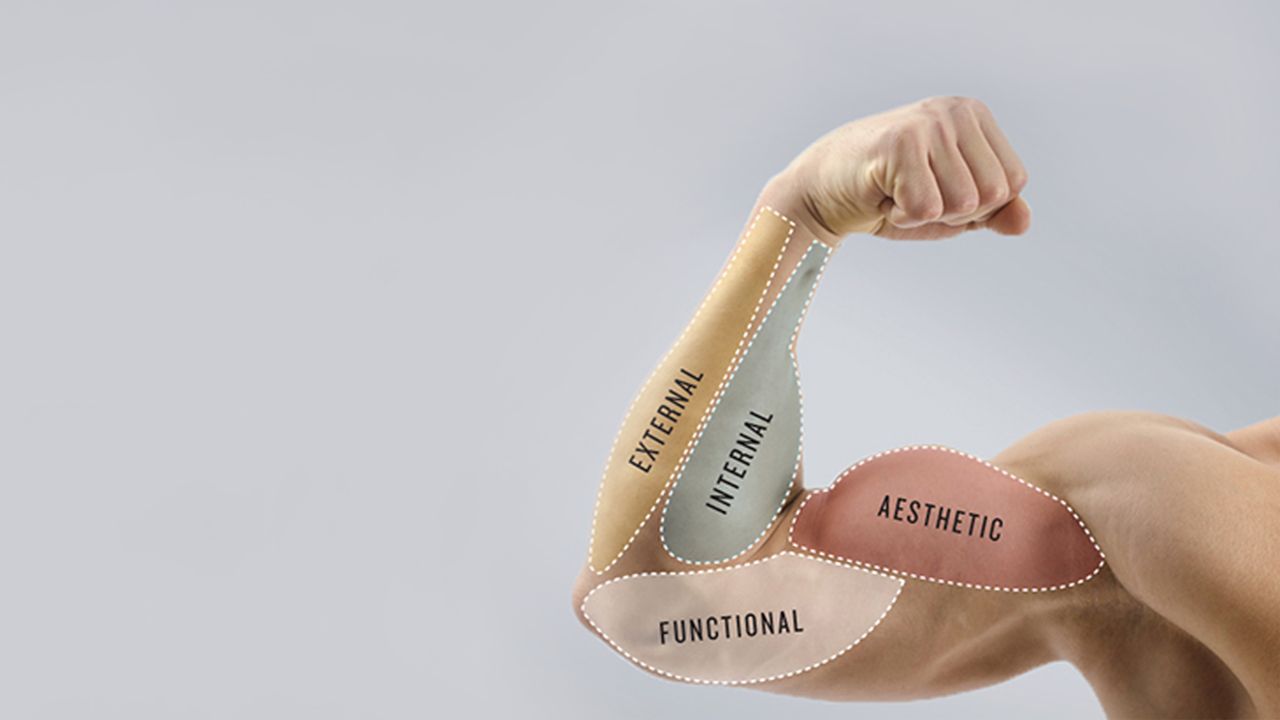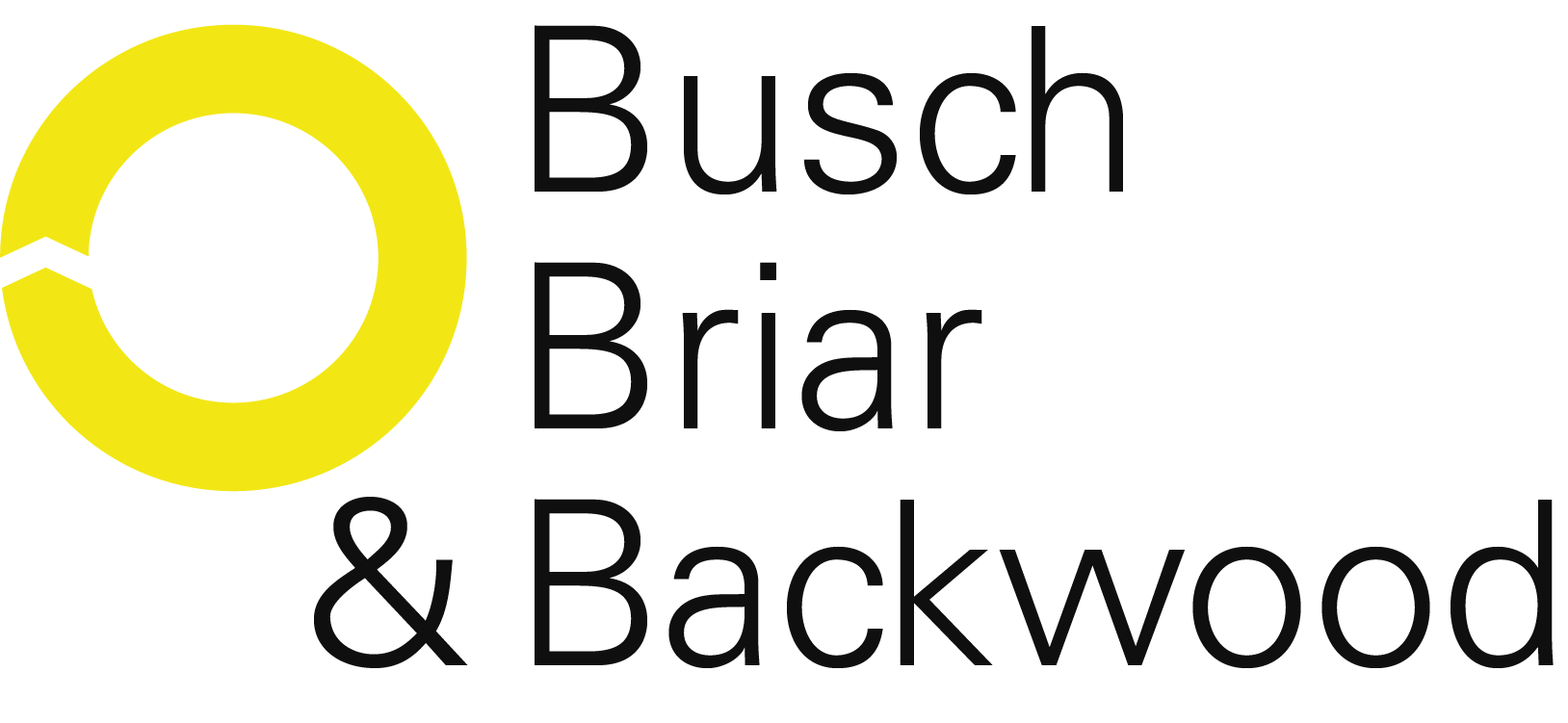
The 3rd episode of a sequel by Dutch periodical Adformatie and research agency DVJ about the most important take-outs of the Big Marketing Questionnaire puts another striking conclusion in the limelight. This time it is Roy van Keulen, CMO of retailer Jumbo, who attributes the lack of brand consistency to the irresistible stimulus of short-term success. That unmistakably plays a role. But what is exactly the cause behind brand inconsistency?
Lack of brand consistency has multiple causes
A lack of consistency in brand communication can be attributed to a couple of distinct factors.
01. Agency overload
The large number of specialized agencies that brands work with nowadays. I can imagine that, as an agency, you want to leave your signature on the campaign you are working on. And as a brand, specifically with the absence of central direction, you run the risk that your communication messages will diverge. With trademark dilution as a consequence.
02. A new course for the sake of a new course
The urge of people to take a new direction after a couple of successful years. Both client- and agency-side. Complete understandable from a human angle. Because, how are you going to make the difference as a brand new CMO when you continue to work on the success that your predecessor created? A new creative concept may be 100% justifiable from a strategic point of view. If those who are supposed to buy your products or services, your prospects, and customers, don’t understand your new theme it is bye-bye brand consistency.
03. Digital marketing
Digital marketing. It may be a remarkable statement from someone who has been working in digital marketing since 1997. But, truly, digital marketing can be a blessing and a curse at the same time. A blessing because you can measure everything. Down to a mouse click or euro level. It is a persuader to yield short-term results. With wavering attention for brand communication as a consequence. Digital marketing campaign results will tell you that this was in the 50% off your budget that is well spent. Or not, in which case you know why, enabling you to reallocate your budget in your next campaigns.
04. Marketing automation
Marketing automation. Brands and their agencies are on top of the brand when it is about brand communication and activation. But that uniqueness is hard to find where it concerns automated transactional and service communication. Then these brands more or less turn into lookalikes.
Customers’ shorter attention span
Roy van Keulen is convinced that we have not approached rock bottom yet. Partly because of customers’ shorter attention span. People having a shorter attention span than a goldfish is much more likely to be a metaphor. A metaphor for the sense of urgency for authentic and relevant communication.
Just look at the success slow TV formats like Rail Away and Fish TV have had for years. Also among broadcasters, there is a call for fast-paced and snappy formats. Still, the classical format for making documentaries is there to stay. It works perfectly, as long as you choose a subject that is relevant and interesting. One of the best examples being the Netflix documentary about the Vietnam war. 10 episodes of some 2 hours each. Fascinating every single minute.
The solution
Is it possible to counter this trend? I think so. Although it will be a tough one, partly. Well, you have to start somewhere.
Psychosocial factors
These are the hardest nuts to crack. One of the factors is the way shareholders value the brands they invest in. Till this very day, that is predominantly on a financial basis. If the dividend is the measure of all things, and half-year results the steering mechanism, then brand consistency will remain a challenge. The other 2 aspects are interrelated: can you, and are you willing, as a CMO to make yourself subordinate to the brand you are going to serve. And how will the Board of Directors and the Supervisory Board judge their CMO?
The brand foundation as a start
The things that we cán influence is everything that has to do with the brand. And there we need to build from the fundamentals.
01. Brand-worthy behavior
This is about answering the existential question: who am I as a brand? What are my brand values? And what brand position will I take? The answers to these questions will lay the foundation for everything you do. Both externally as well as internally. As the organization must be capable of living up to the chosen brand position. At every single customer touchpoint.
02. Identifiable translation
Consequently, it is a matter of translating these brand values into an identifiable look & feel. A specific style of communication. Also in brand activations and marketing automation. What would come as a great help, is for brand guides to give those activities more attention. A style guide telling you what style elements and, for example, what tone of voice to use. Then, those obvious stand-alone elements will, in the end, contribute to your brand and brand image.
03. A distinctive strategic insight
With your brand guide as the fundament, you make the translation into identifiable omnichannel communication, using a sharp, distinctive strategic insight. A nice example in this respect is the Hertog Jan beer brand, active in the Dutch market. Over the past 8 years, they consistently communicated from their pay-off “For the love of beer”. They tell the Hertog Jan story around product promotions from the perspective of the brewers. And they activate Hertog Jan enthusiasts in a structural manner. A successful way of building brands, as it resulted in more than a twofold increase in market share as well as the lager volume sold.
In short: communicate from your brand values. Do so based on an identifiable insight for your target group. And ensure an identifiable omnichannel execution. A fair chance that customer engagement will show a sound increase, again.
